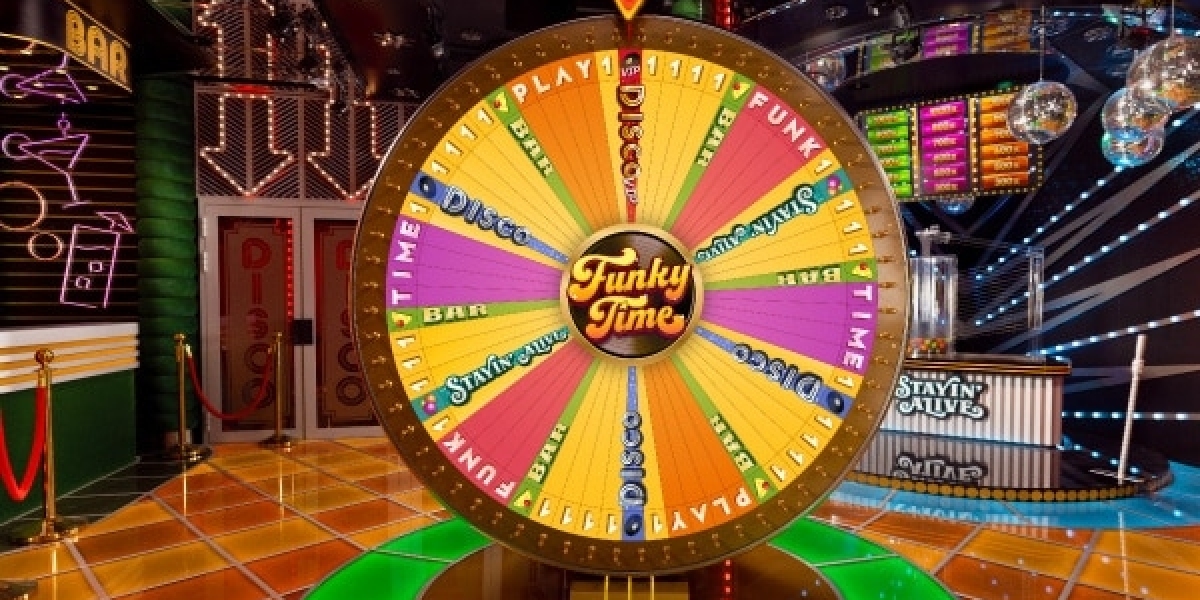When shopping for an engagement ring, many people focus on brilliance—how much a diamond sparkles. But not all sparkle is created equal. Some diamond cuts produce a fiery burst of light, while others reflect light with subtle, refined elegance. The emerald and diamond ring belongs to the latter category, and its distinctive light performance is one of its most captivating traits.
At KRK Jewels, we specialize in emerald cut engagement rings that highlight this unique interplay of light and geometry. If you’re considering this elegant shape, understanding how light behaves within an emerald cut will help you appreciate its calm, sophisticated glow.
The Science of Diamond Light Reflection
When light enters a diamond, it does one of three things:
Reflects off the surface (external reflection)
Refracts (bends) through the diamond’s facets
Exits the stone as brilliance (white light) or fire (colored light)
Brilliant-cut diamonds (like round or princess cuts) are designed to maximize internal light bounce—producing high levels of sparkle and fire. Emerald cuts, on the other hand, follow a different visual philosophy.
What Sets the Emerald Cut Apart?
The emerald cut is a step-cut diamond, meaning its facets are long, flat, and arranged in a staircase pattern. Unlike brilliant cuts with triangular and kite-shaped facets, step cuts are broad and linear.
This produces a different kind of light interaction:
Subtle reflection, not intense sparkle
Broad flashes of light, rather than glittery twinkles
A mesmerizing “hall of mirrors” effect, especially in well-cut stones
Rather than dazzling you with every move, an emerald cut draws you in with depth, clarity, and elegance. It's the diamond for those who value understatement and architectural beauty.
Key Elements That Affect Light Performance
Several factors influence how well an emerald cut reflects light. At KRK Jewels, we guide clients through each of these to ensure the diamond they choose delivers the best visual impact.
1. Cut Quality
With emerald cuts, cut proportions are everything. A well-cut emerald diamond will:
Display symmetrical facets that mirror each other
Have optimal table and depth percentages (typically a 60–68% table and depth around 60–70%)
Feature crisp facet junctions that reflect light cleanly
Poorly cut emeralds may look dull or glassy, lacking the signature “hall of mirrors” effect.
2. Clarity and Polish
Because of the large, open table of an emerald cut, inclusions (internal flaws) are more visible than in other shapes. That means:
Higher clarity grades (VS1 or better) are often preferable
Excellent polish ensures light travels smoothly across the surface
Unlike brilliant cuts, you can actually see inside an emerald cut—so clarity and surface quality are especially important for beautiful light reflection.
3. Setting and Metal Choice
The way the diamond is set can also affect how light interacts with it. Emerald cuts often benefit from:
Open gallery settings that allow more light to enter from the sides
White metals like platinum or white gold, which reflect light into the diamond rather than absorbing it
We design many emerald cut settings at KRK Jewels to maximize natural light exposure while protecting the stone’s edges.
The Result: Elegant, Intentional Light Play
Rather than overwhelming the eye with sparkle, emerald cuts reflect light in controlled flashes. The result is:
A smooth, glassy luster
Long flashes of white light
A sophisticated “glow” that feels calm and composed
This understated brilliance is why emerald cuts are favored by style icons and minimalists alike. They don’t chase attention—they quietly hold it.








